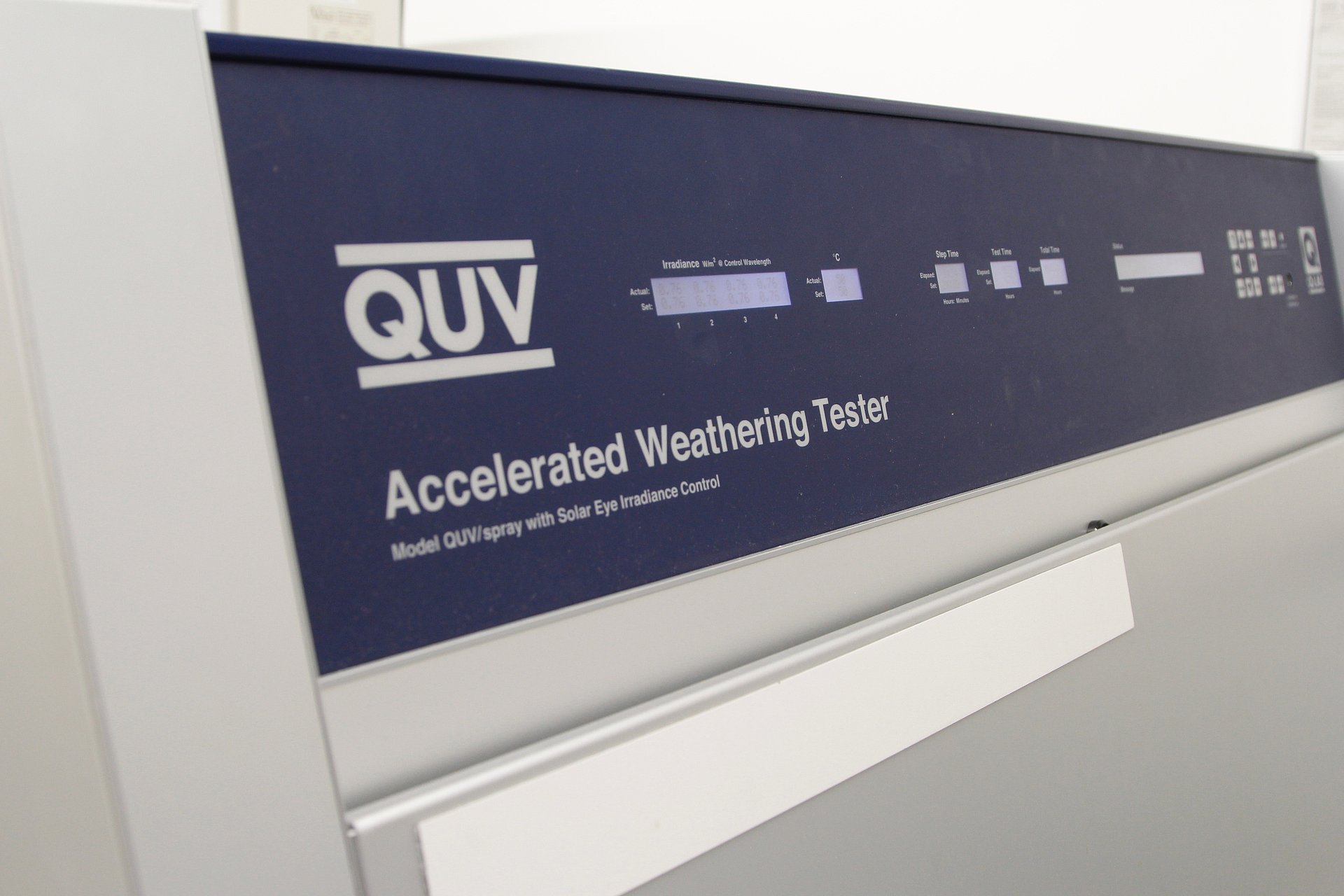Fluorescent UV lamps
The decisive factor in the selection of a suitable test method is a sufficiently good simulation of the solar radiation by the radiation source used.
In the case of xenon arc lamps, this is achieved by using suitable filters. The UV and short-wave VIS range, which is photochemically effective for the ageing of plastics, is achieved by using fluorescent UV lamps as a radiation source.
Laboratory weathering with fluorescent UV lamps are particularly suitable for comparative tests and recommended for most plastics, textiles, pigments and UV stabilisers. Light fastness tests for simulating sunlight behind window glass can be carried out as well as irradiation of very stable materials by using lamps with shorter wavelengths.
Weathering conditions are regulated in national as well as international standards. Frequently requested standards are DIN EN ISO 4892-3, DIN EN ISO 16474-3 and ASTM G154.

Fundamentals
Technical equipment
QUV accelerated weathering tester – QUV/spray (Q-Lab Corporation (USA))
- UV lamps with different spectral requirements for simulation:
- UVA-340 - sunlight in the wavelength range from 295 nm to 365 nm
- UVA-351 - UV component of sunlight behind window glass
- UVB-313 - Short-wave UV light, stronger than occurs on the earth's surface
- Condensation
- Water spray system
- Automatic control of irradiance SOLAR EYE
- Radiometer for calibrating the irradiance
- Test specimen holders for:
- Flat test specimens/plates/foils: 75 mm x 150 mm, clamped
- Multi-purpose test specimens: up to a length of 200 mm, clamped
- Three-dimensional component, application on a maximum surface of 495 mm x 324 mm and a thickness of 25 mm
Standards
Dr.-Ing. Marcus Schoßig
Phone: +49 (0)3461 30889-53
Write e-mail

